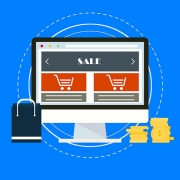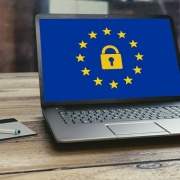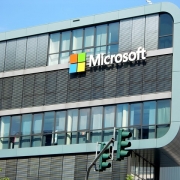There are plenty of reasons to upgrade from Windows 7 before it reaches its end of life date on January 14, 2020. Chief among them, Microsoft has indicated that, on this date, they will stop releasing security updates for Windows 7. This will have major implications for anyone still running Windows 7, as it will leave them exposed to any known vulnerability indefinitely.
The nature of these vulnerabilities are such that they can have a cascading effect if exploited. For instance, a recently identified vulnerability, designated ‘CVE-2019-0708,’ makes it possible for a malicious party to execute code remotely via Remote Desktop Services. This particular security flaw exists pre-authentication, meaning that it could easily spread from system to system in a similar fashion to how WannaCry malware spread in 2017.
Microsoft has indicated an attacker could “install programs; view, change or delete data; or create new accounts with full user rights.”
Fortunately, Microsoft has released a series of fixes for this particular vulnerability. Starting January 14th, however, there is no guarantee that this will be the case and, except for in the most extreme circumstances, Windows 7 security holes will not be patched by Microsoft.
It is worth noting that Windows 10 is unaffected by this recent vulnerability, making this an excellent example of how upgrading to Microsoft’s latest operating system is the best way to ensure that your computer systems remain secure.
In short, by continuing to run Windows 7 past its end of life date, you could be undermining your entire security investment by effectively leaving the door to your network wide open.
Don’t wait until the last minute. Talk to an IT expert about upgrading to Windows 10 today. Give us a call at 978.562.6077 and selection Option 2. We would be more than happy to help you get the process started.










